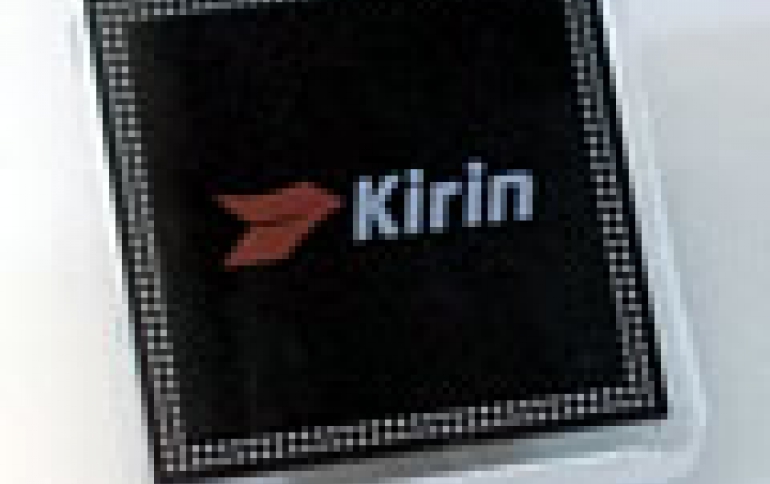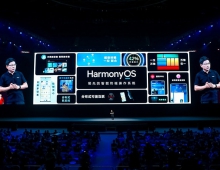
Huawei Announces The Kirin 960 Mobile SoC
Huawei today announced at a media briefing in China the new Kirin 960 SoC from Huawei's semiconductor subsidiary HiSilicon, which combines new technologies, promising the first commercial device to use them in due course.
The Kirin 960 based on TSMC's new 16FFC process. It features
the same 4x4 big.LITTLE design implementation as the Kirin 950, but using four Cortex A73 cores at 2.4 GHz (by contrast, the Cortex A72 cores in the 950 were at 2.3GHz, and 2.5 GHz in the Kirin 955). The little cores remain of the Cortex A53 micro-architecture and at the same 1.8 GHz configuration.
Huawei says that theKirin 960 SoC offers a +10% single core performance and +18% on the multi-CPU performance compared to the Kirin 950. HiSilicon presented GeekBench 4 scores for the new chipset and the K960 seems to benchmark around 2000 for single-core and 6400 for multi-core. This is a result of both the Cortex A73's strong memory subsystem as well as new use of the CCI-550 in the Kirin 950 that also promised an increase in effective memory bandwidth over the preceding CCI-400 design.
The SoC's GPU sees a shift as we move from a Mali T880MP4 to a Mali-G71MP8, which essentially doubles the number of shader cores employed. The new GPU runs at 900 MHz, the same as the older SoC. The combination of doubling the shader cores over the 950 and moving to a new architecture over the 950 results in a 180% increase in the GPU's performance compared to the Kirin 950. GFXBench Manhattan 3.0 and T-Rex Offscreen scores were showing the performance of the G71MP8 in above both the Snapdragon 820 and the Exynos 8890, but a tad under the new A10.
With the right software support and display, you can safely expect all future devices using the Kirin 960 to support Daydream VR. With API support, the Kirin 960 will be promoted with Vulkan.
The Kirin 960 also features a new HiSilicon based modem, allowing up to LTE UE Category 12/13 connectivity for up to 600 Mbps transfers, equaling the specifications of Qualcomm's Snapdragon 820 or Samsung's Exynos 8890 modems. The modem supports 4x4 MIMO (at only 2xCA) as well as up to 256QAM spatial stream modulation.
The multimedia capabilities of the new SoC have also seen a improved. The new chipset supports 4K30 HEVC/H.265 decoding and encoding. The camera ISP is improved as well and brings new features natively supporting dual-sensor RGB/Monochrome configurations such as found on the Huawei P9 and Honor 8.
Expect Huawei's next generation flagships to implement the Kirin 960 and variants over the next few months, especially as we move more towards Mobile World Congress in February.
Smarphone sales growth
Huawei also today announced that it has sold over 100 million units as of October 14 this year.
The company has secured 30 percent smartphone sales in the price range of 3,000 to 4,000 yuan ($445 to $594) and remains the leader in the Chinese market, according to Huawei. Shipments of its flagship dual-camera models P9 and P9 Plus have exceeded 8 million since their launch in April, Huawei says.
Huawei's overseas sales also saw a boom in the year, with several markets in Western Europe and North Eastern Europe growing between 50 percent and 100 percent over 2015.
Huawei is aiming to become the global smartphone leader by 2020, according to CEO of Huawei Consumer Business Group Richard Yu.





















